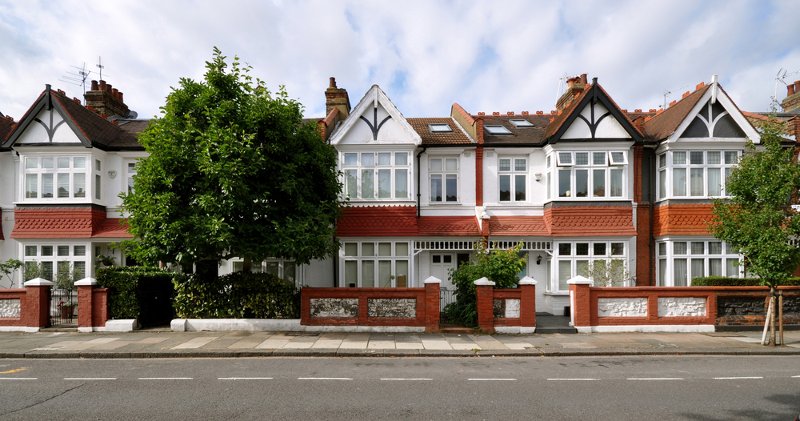When values are adjusted for inflation prices in Wales, Yorkshire and the Humber, the North East and the North West have all declined by 10% since 2007.

Real house prices are lower than in 2007 across 58% of wards in England and Wales, a joint study from the BBC and the Open Data Institute Leeds found.
When values are adjusted for inflation prices in Wales, Yorkshire and the Humber, the North East and the North West have all declined by 10% since 2007.
Price rises are mainly located in London, the South East and the East of England.
Lucian Cook, director of residential research at Savills, said: “The last 10 years have been about London outperforming the rest of the country.
“A lot of the markets in the North of England and Wales have struggled to recover from the post-credit crunch downturn and only in the last couple of years have they started to recover.
“They haven’t had the underlying strength in London to create population pressure and therefore there isn’t the same disconnect between supply and demand.
“There is something of a North-South divide.”
Cook went on to say in the North there are other big divides; for example between York and Bradford and Old Trafford compared to lower value parts of the North West.
If another study was created in two years' time Cook wouldn't expect it to be much different.
He added: “Over the course of the next two years given the amount of underlying economic uncertainty it’s difficult to see strong house price growth anywhere across the UK.
“It will be interesting to see what happens thereafter and then it depends on increases to interest rates.”
Prices in London have now started to stagnate after a long period of growth in part due to more stringent loan-to-income limits on mortgages.
The caution brought on by Brexit is also not to be underestimated, as buying in the capital requires a bigger financial commitment than elsewhere.



